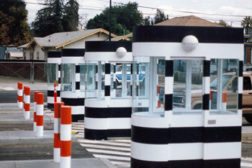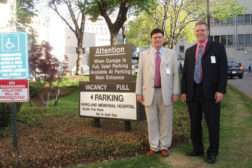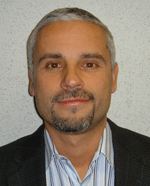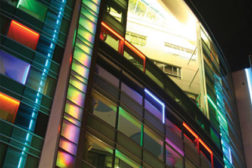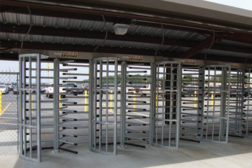Home » access management
Articles Tagged with ''access management''
Park Place
A combination of technology and people prove to be the best medicine for securing hospital parking garages.
May 1, 2011
How do you know when a smart card is too smart?
ID Cards and Printers: Of Mice and Men
April 1, 2011
Sign-up to receive top management & result-driven techniques in the industry.
Join over 20,000+ industry leaders who receive our premium content.
SIGN UP TODAY!Copyright ©2024. All Rights Reserved BNP Media.
Design, CMS, Hosting & Web Development :: ePublishing




